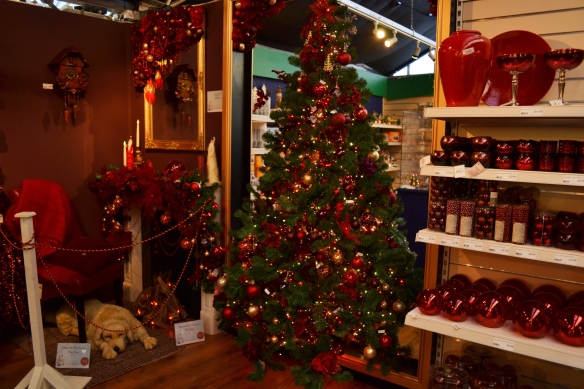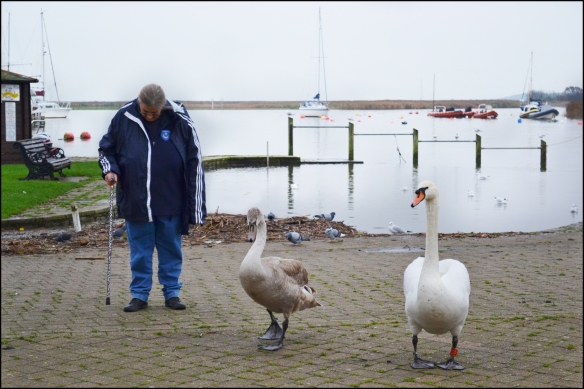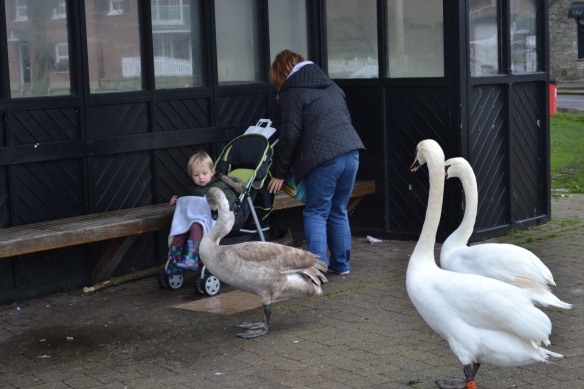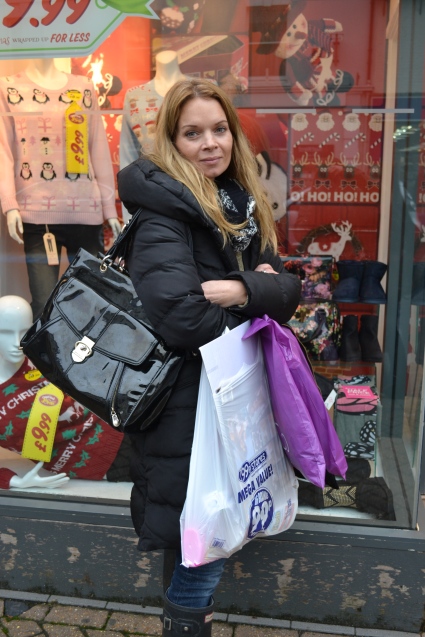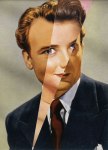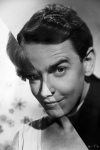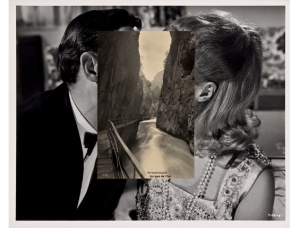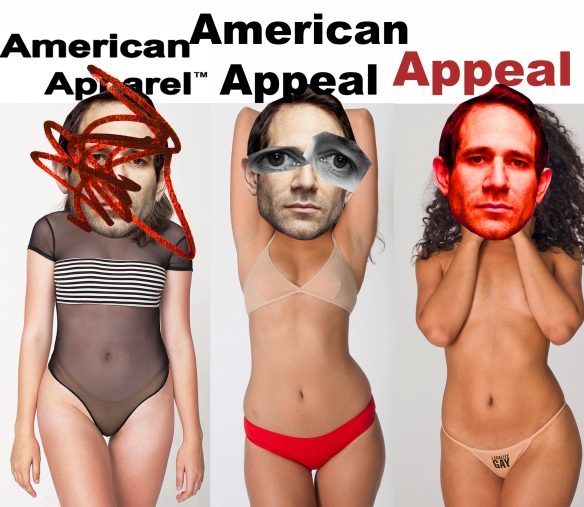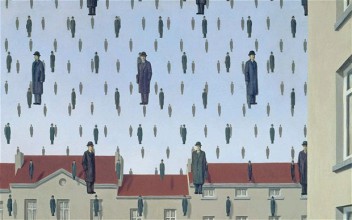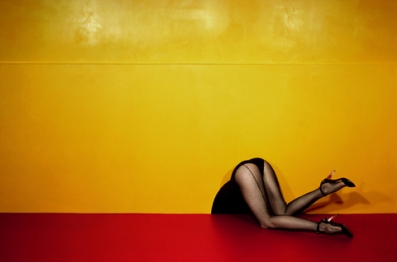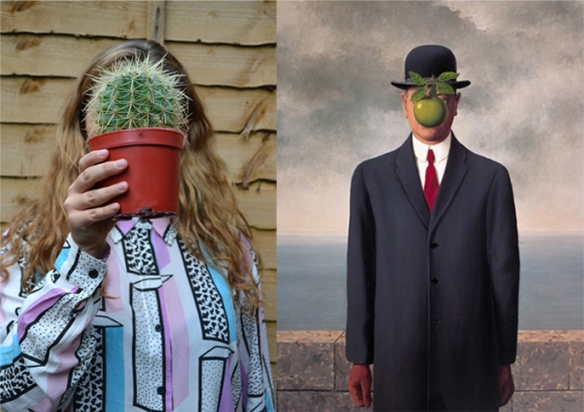Pinhole/Darkroom Work

Pin hole boxes must be light tight as the photography paper is light sensitive so you can only get the paper out in a dark room with a safe light on. The photography paper must be put into the pinhole camera glass side up, with the paper opposite to the pinhole. Once all of this is done the pinhole box should be sealed with black tape.
This is what the Pinhole images came out like originally. I uploaded them onto Photoshop to invert the images as the detail comes out much more clearly when you do this, helping to see the separate layers from the collage.



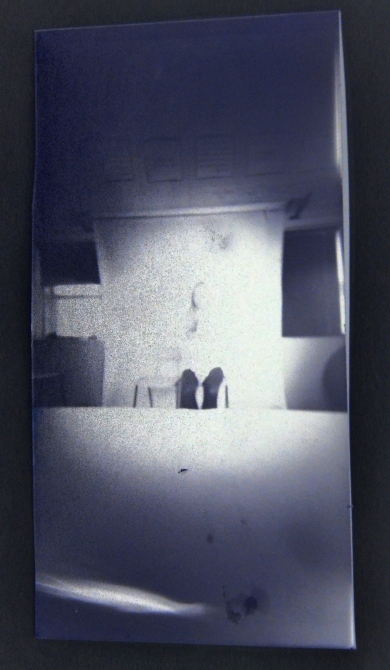

My images touched on the idea of identity, this is why I used a camera and myself. Man Ray (Photographer: apart of the Dada and Surrealist movements) is an artist that connects well with these Pinhole experiments, known for his work with “Double Exposure”.
There is a sense of identity and curiosity with certain layers in his work, raising questions as to what they are. This is what happened in some of my images, with the camera overlay, along with the background studio lights, they are not perfectly clear, this gives them this ghostly and mysterious feel to them.
From looking at artists like Hannah Hock, an artist that focuses on collages. I wanted to make my own collages again, but this time using a Pinhole camera – controlling the aperture and shutter speed, in order to overlay images on top of each other; by using repeat exposures, to create a collage effect.
For the image layers I used a camera as my object and myself as a model. I used the studio lights when taking the images (exposure for around 2 1/2 minutes each), the lights caused some of the pinhole images to be overexposed as the lighting was too bright, I also left the pinhole cameras hole exposed for too long in some cases – this happened the most when I left the camera exposed for about 3 minutes.
I then developed each of the images:
Developer for: 2 1/2 minutes
Stop bath: 30 seconds
Fixer: 1 minute
Rinse in water and place in rack to dry.
Photograms
From looking at how collages can be made by overlapping pictures when using a pinhole camera, I wanted to make my own photogram as there is a great prediction of what the collage will look like; as you are in control more of how it will look, unlike a pinhole camera image which is harder to know how the image will look.
With a photogram the sheet of light sensitive emulsion photography paper is blocked from light (in this case the light came from an enlarger – which provides an ideal of concentrated light source for the exposure of the photogram). Objects blocking the light from the paper create silhouette’s and shapes. The photograms showed a different side of collage work using light.
Artists/ photographers such as William Henry Fox Talbot (1800 – 1877) used the photogram/ shadowgram technique.
Arguably the surrealist Man Ray (1890 – 1976) made the technique popular by stumbling across the process by accident. Which caused him to experiment further and call them Rayographs. His Rayographs have a three – dimensional feel with various tones of grey as the 3D subject distorts the light.
I used various items I found in the art room which I thought looked visually interesting and curious. The objects that are more transparent such as the film images I used, which became black, unlike harder objects such as the rocks which came out white.
My photograms where influenced by the work of Man Ray due to the absurd shapes that cause questioning of the viewer to be curious of what the shapes are. This is different from William Henry Fox Talbot, who has more of a documentation feel to his experiences – nothing is being questioned as most of his images are very easy to figure out what they are.
These photograms had a difference development process: of about a 10 second light exposure time
Developer – 1fl – 9water (10) 1 minute
Stop bath – 1fl – 19 water – splash
Fixer – 1fl – 4 water – 15/20 seconds.


Developing film images
Now that I had experimented from pinhole work to photograms I wanted to expand my knowledge of making collages through darkroom style images.
I used the idea from the pinhole work and took a portrait of myself with a film camera.

Film
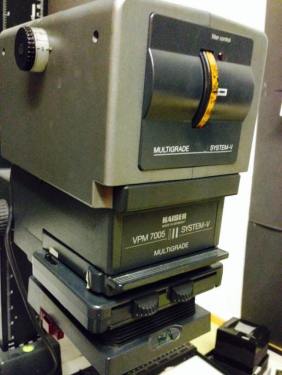
Enhancer – used for the light – exposure of film once placed in: 3 seconds




Once I developed some of the film images I wanted to use the photogram technique to overlap objects over the film, using paper for example to create different tones for the image.

I also used feathers when exposing the film onto the paper, however due to the photograms needing around 10 seconds of exposure and the film needing around 3 seconds of exposure it was hard to get both the object and the picture to develop probably.





















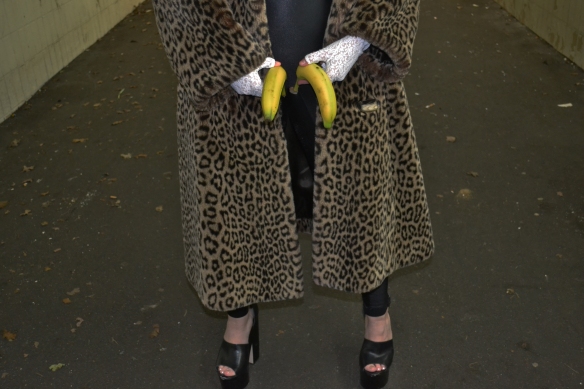





















 “Paris Is Burning”
“Paris Is Burning”
























